BLOG
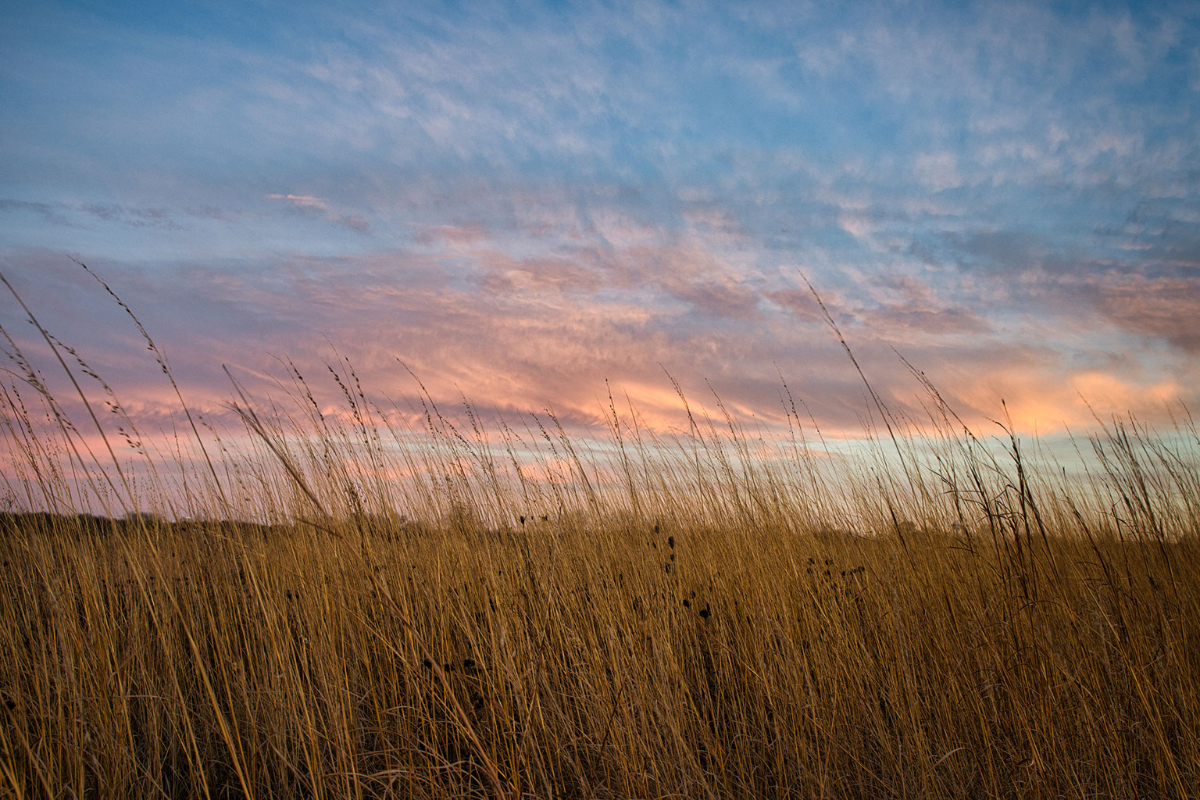
What is the Grassland Conservation Reserve Program?
Developed by the USDA as a part of CRP, the Grassland Conservation Reserve Program is a federally funded initiative designed to preserve grasslands across the country. Specifically, the program was established to ensure that environmentally sensitive grassland, or other land of significant value, is conserved rather than farmed. In 2022, over 3.1 million acres of
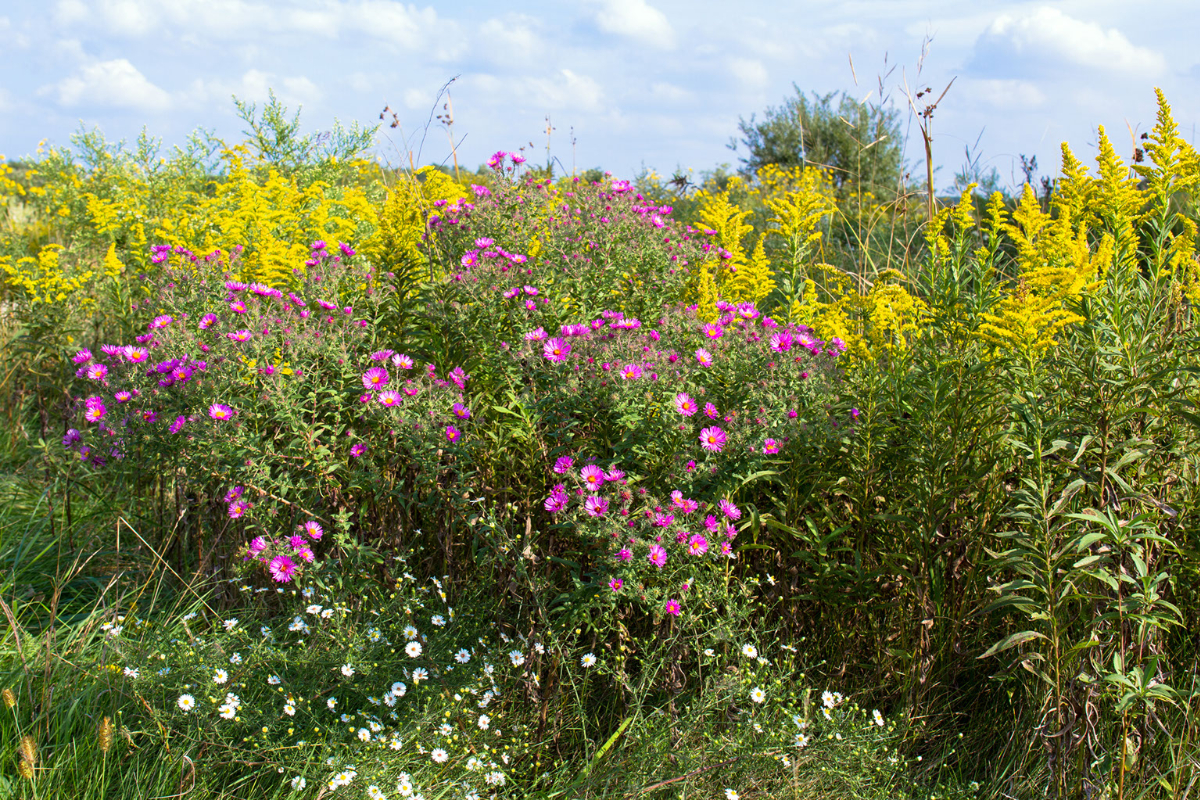
The Benefits of the State Acres for Wildlife Enhancement (SAFE) Initiative
As part of the Conservation Reserve Program (CRP), the State Acres for Wildlife Enhancement (SAFE) Initiative is designed to enhance important wildlife habitat to achieve local conservation goals. SAFE is a component of CRP that specifically focuses on working with private landowners to convert their land into valuable wildlife habitat. For the environment, the land,
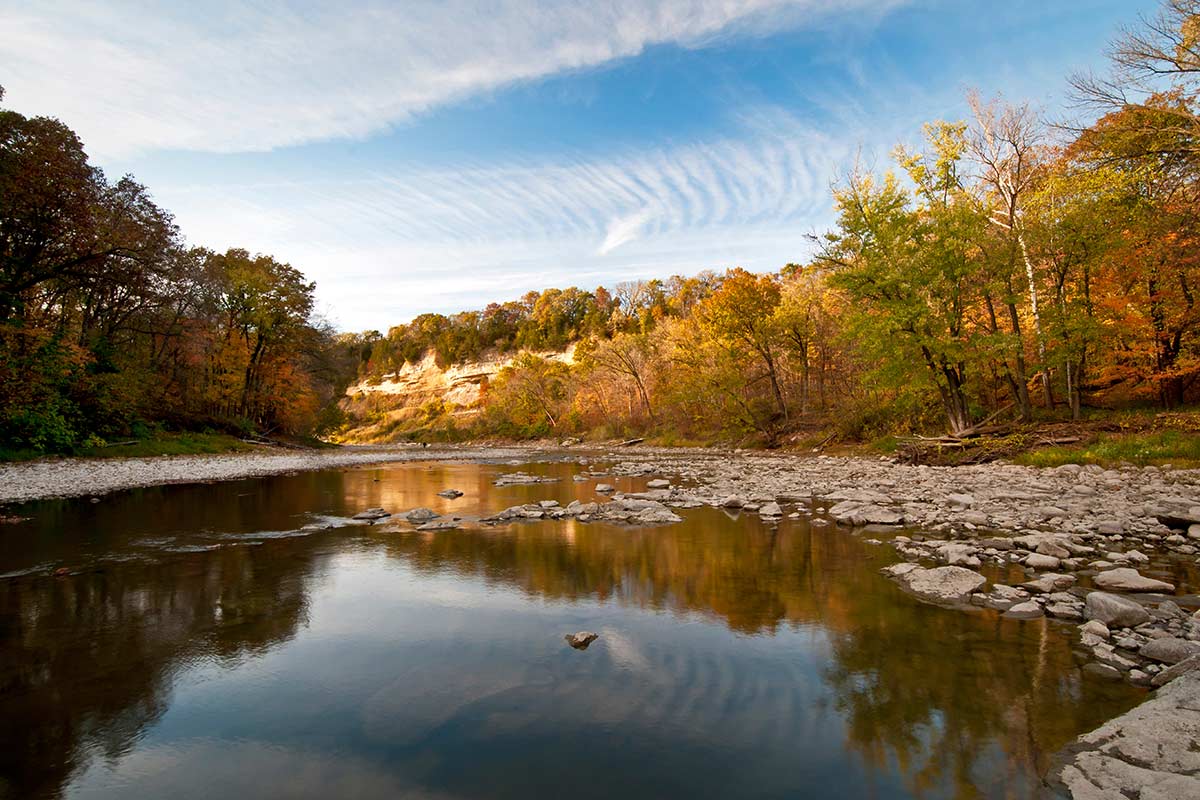
The Goals of the Illinois Conservation Reserve Enhancement Program (CREP)
In 2022, Illinois reinstated the statewide Conservation Reserve Enhancement Program (CREP) as a division of the federal Conservation Reserve Program (CRP). Along with the general conservation and restoration goals of CRP, CREP focuses on specific goals for each state. Upon its return, the Illinois CREP released a number of guidelines and requirements for landowners interested
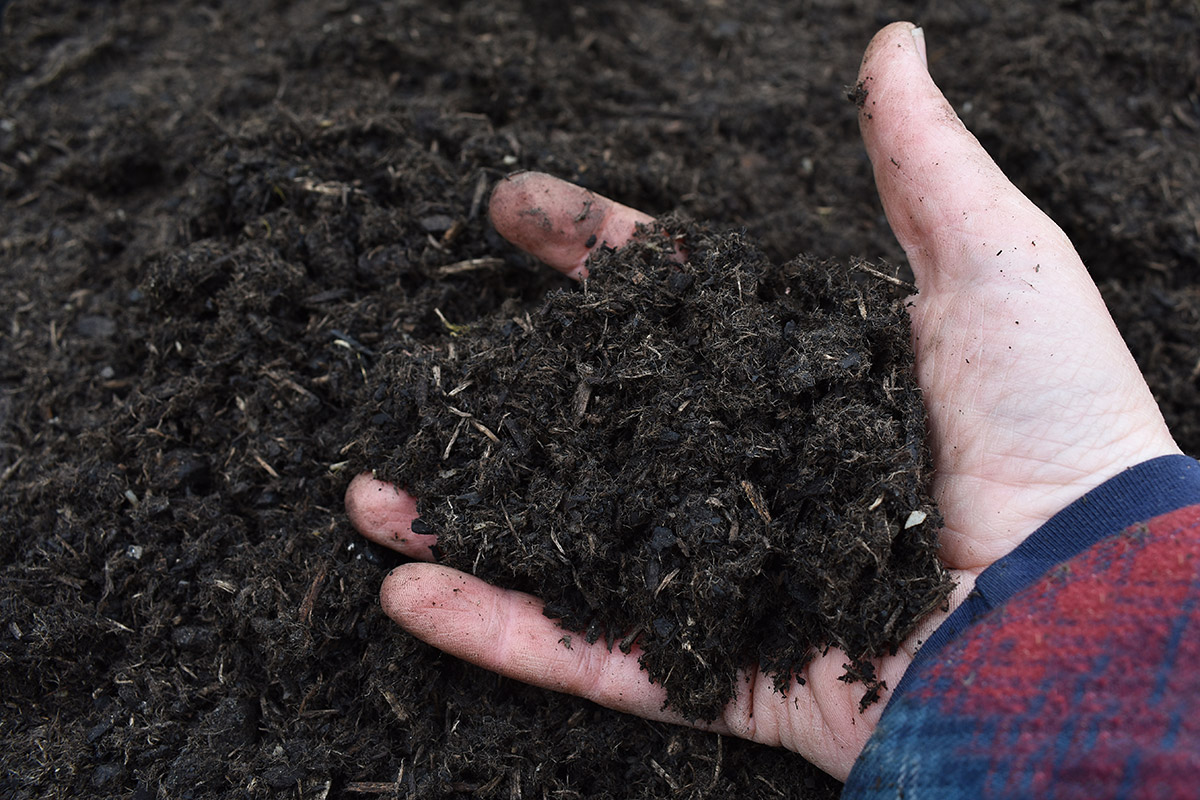
Biochar’s Impact on Climate Change
In the bioenergy sector, biochar is quickly becoming recognized for its promising impact on climate change. As a type of carbon-rich charcoal, biochar is produced through a process called pyrolysis, where organic matter is heated without the use of oxygen. Typically used as a soil amendment to increase the health and fertility of the soil,
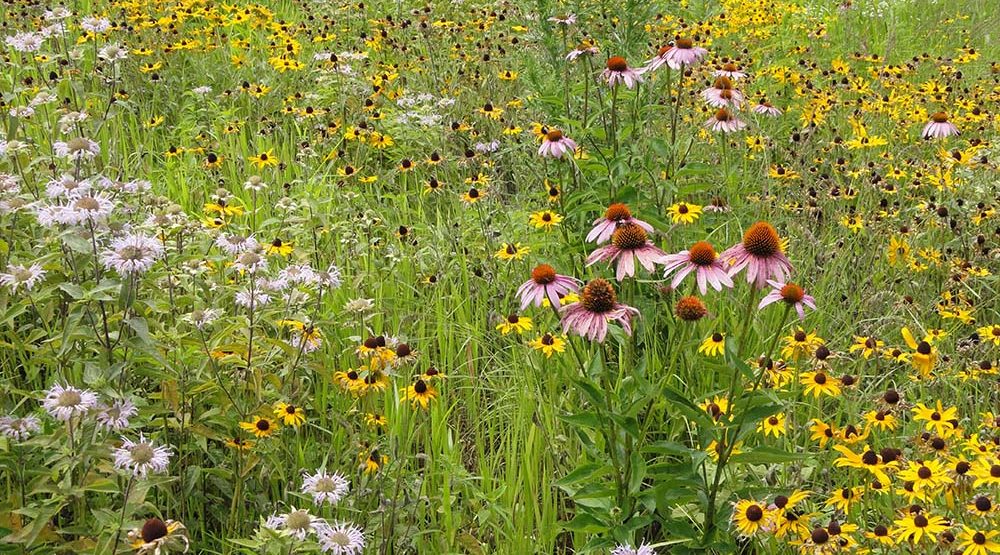
CRP Signup Starts Feb. 27th – April 7th 2023
Agriculture Secretary Tom Vilsack announced recently that agricultural producers and private landowners can begin applying for the Conservation Reserve Program (CRP) General signup starting February 27 through April 7, 2023. What is the CRP? The Conservation Reserve Program (CRP) is a voluntary program offered by the U.S. Department of Agriculture (USDA) that helps agricultural producers
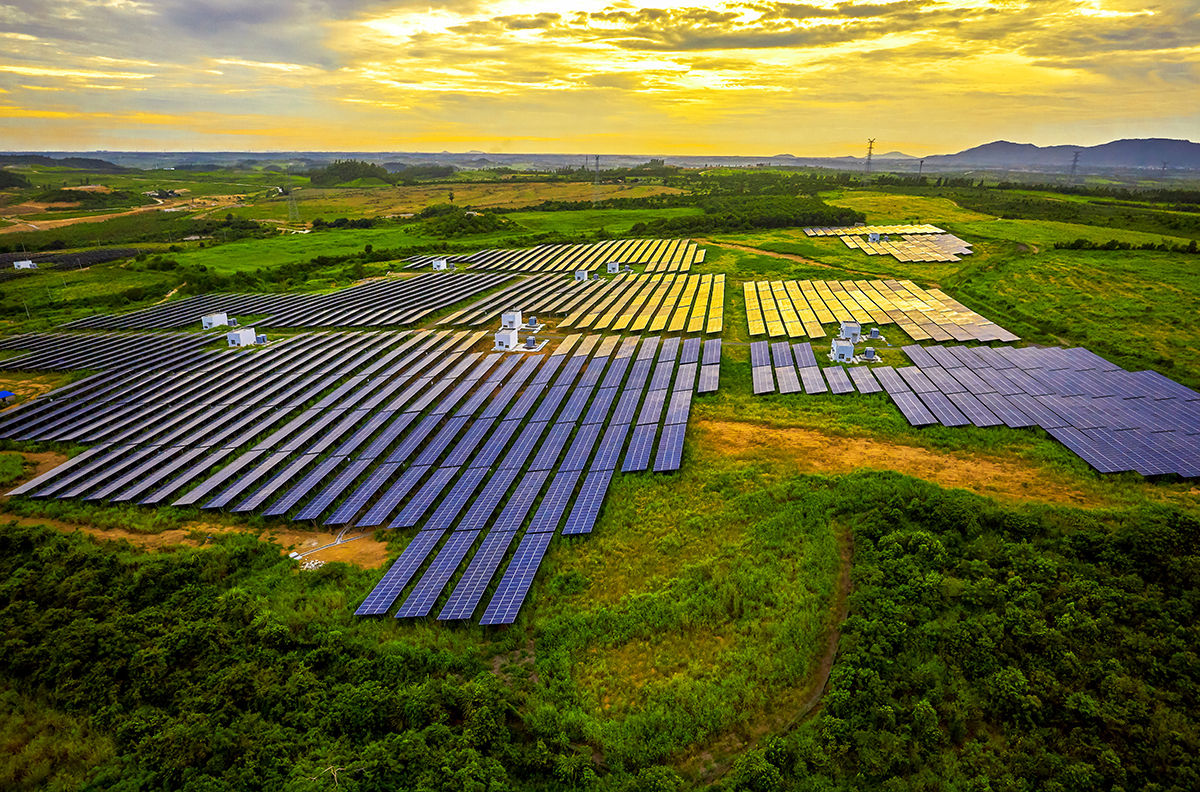
How Much Land Does Solar Energy Use?
As solar energy development increases across the US, some farmers are concerned about the amount of land being utilized. While solar energy is a promising source of renewable energy, it does take a portion of land to produce. In the Midwest especially, landowners are growing uneasy about the idea of solar farms taking over or
